A winch is a mechanical device used to pull in or let out a rope, cable, or chain under load. In this guide, you’ll learn what a winch is, how it works, its essential components, and practical applications in off-road recovery and heavy-duty towing.
Quick Summary
- Function: A winch winds a cable or rope onto a drum to pull or lift heavy items.
- Common Use Cases: Towing vehicles, construction, off-road recovery.
- Core Components: Motor, gear train, drum, rope, fairlead, control system.
What is a Winch?
Winches are integral for tasks requiring high pulling power, such as vehicle recovery, lifting heavy loads, and overcoming challenging terrains. It has a rope, cable, or chain wound around a drum, which is turned by a motor or a hand crank.
When you turn the drum, the rope winds up and pulls whatever is attached to the other end.
Winches are often used in situations like towing cars, lifting heavy objects in construction, or pulling boats onto a trailer.
They are very useful because they allow people to move things that are much too heavy to lift or pull by hand.
The Anatomy of a Winch: Key Components
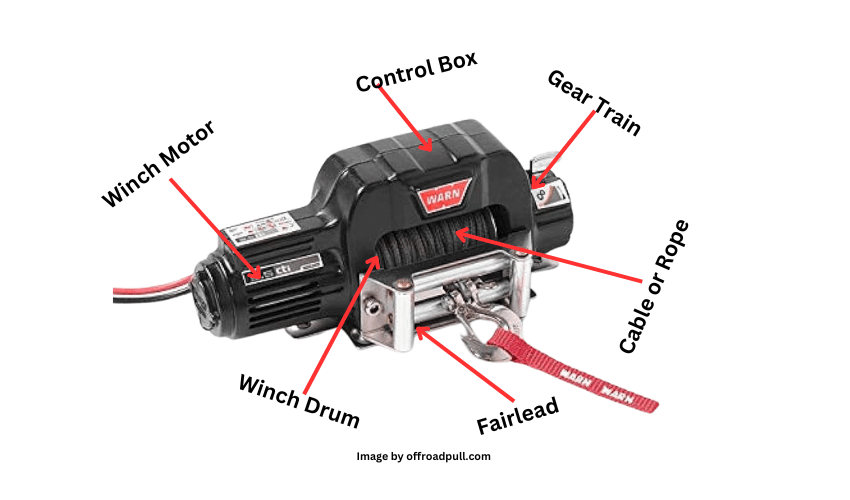
Winch Drum (Central Component)
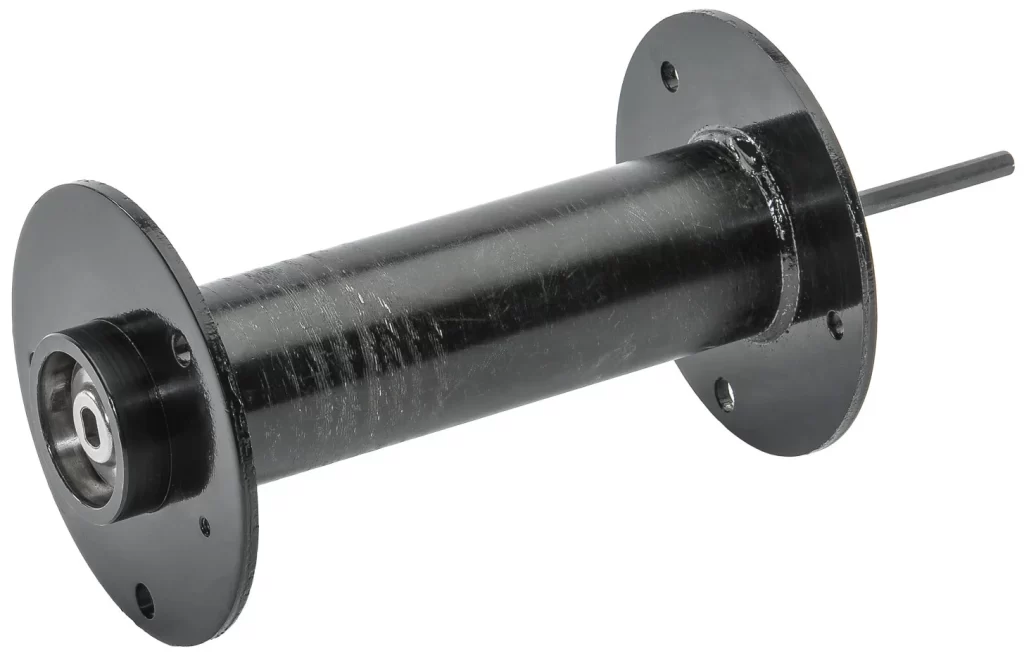
The Winch Drum is the central component of a winch, resembling a spool or cylinder. It’s designed to hold the winch’s cable or rope.
When the winch is operated, the drum rotates, winding the cable around itself or unwinding it, depending on the direction of rotation.
This rotation is the primary action that enables the winch to pull or release a load. The drum’s size and design can vary depending on the winch’s intended use, with larger drums capable of holding more cable for heavier and more extensive pulling tasks.
Motor
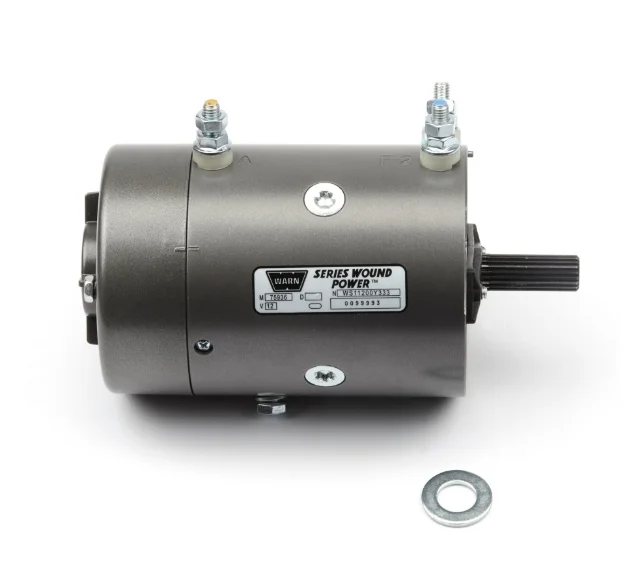
The motor is the powerhouse of the winch, responsible for driving the drum’s rotation.
In electric winches, an electric motor is used, which is commonly powered by a vehicle’s battery or an external power source. These motors are popular for their ease of use and maintenance.
Hydraulic winches, on the other hand, employ a hydraulic motor, which is more complex and uses pressurized fluid to generate movement.
Hydraulic winches are typically more powerful and used in heavy-duty applications, like in industrial and marine environments.
Gear Train
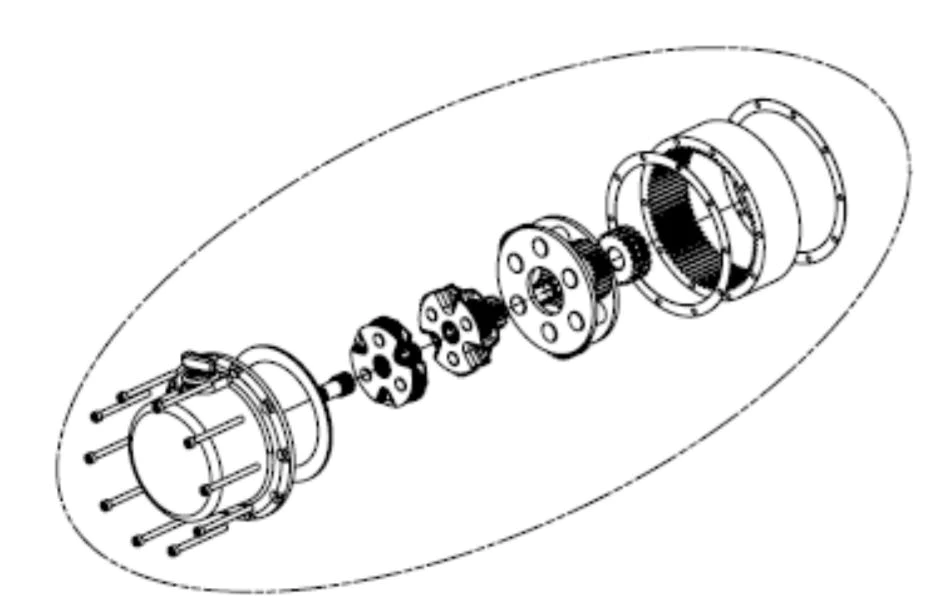
The gear train in a winch is a critical component that translates the motor’s power into a usable pulling force. It consists of a series of gears that reduce the high-speed, low-torque output of the motor into a low-speed, high-torque force on the drum.
This gearing mechanism is what allows winches to pull heavy loads with relatively small motors.
The gear train’s design, including the number and size of the gears, can greatly influence the winch’s performance, including its pulling speed and maximum load capacity.
Winch Cable or Synthetic Rope
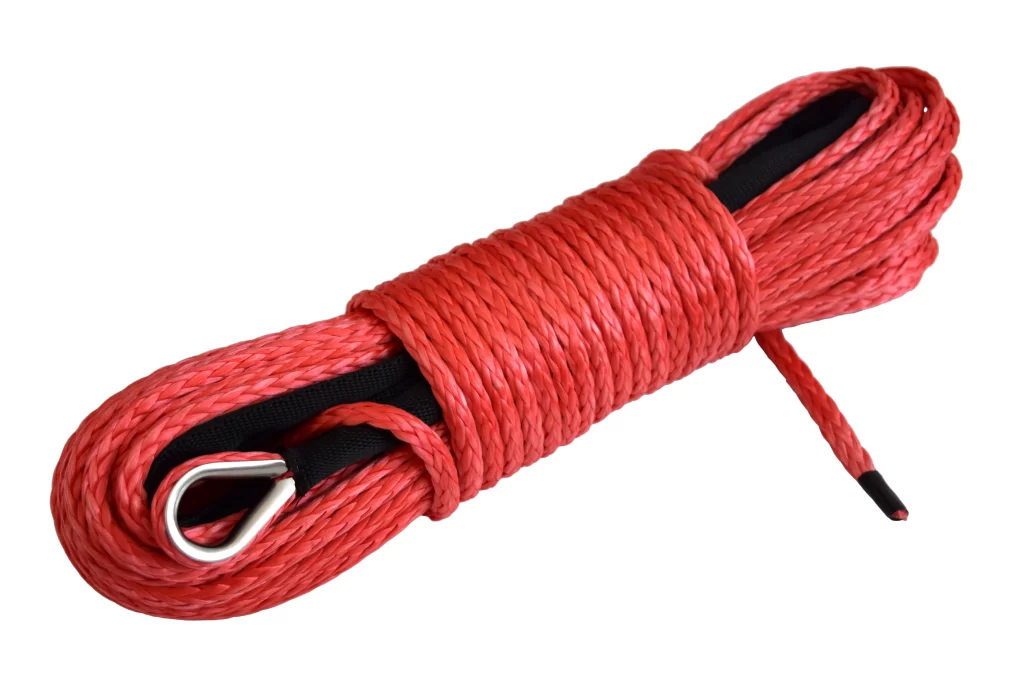
The choice of winch cable or synthetic rope is a significant consideration in a winch’s design. Steel cables are known for their strength and durability, making them suitable for heavy-duty applications.
They are also resistant to abrasion and can withstand high temperatures, which is crucial in situations where the cable might rub against rough surfaces or be exposed to extreme conditions.
However, steel cables can be dangerous if they snap under tension. Alternatively, synthetic ropes, made from materials like nylon or polyester, are becoming increasingly popular.
They are lighter, easier to handle, and safer in the event of a breakage, as they don’t store as much energy as steel cables and thus are less likely to cause injury.
Braking Systems
Dynamic and static braking systems ensure safety during winch operation. Dynamic brakes utilize the motor to slow the drum rotation, while static brakes hold the drum stationary when not in use.
These systems are crucial in off-road and industrial environments, providing additional control and preventing unintentional load release.
Control Box
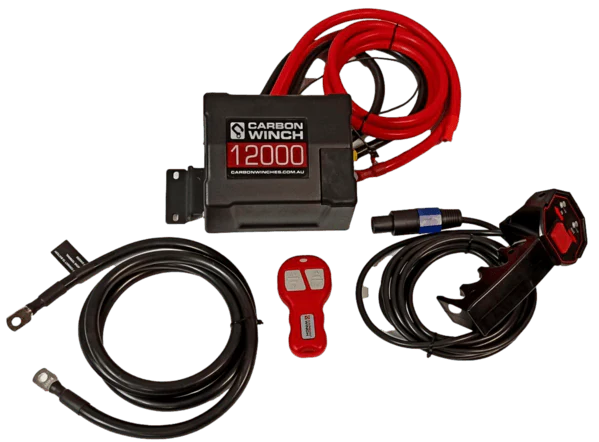
The control box is the nerve center of the winch, housing its electrical components. This includes the switches and controls that operate the winch, often allowing for remote operation.
The ability to control a winch remotely is a significant safety feature, as it allows the operator to maintain a safe distance from the load being pulled.
The control box also typically includes circuit breakers or fuses to protect the winch’s electrical system from damage due to overloading or short-circuiting.
Fairlead
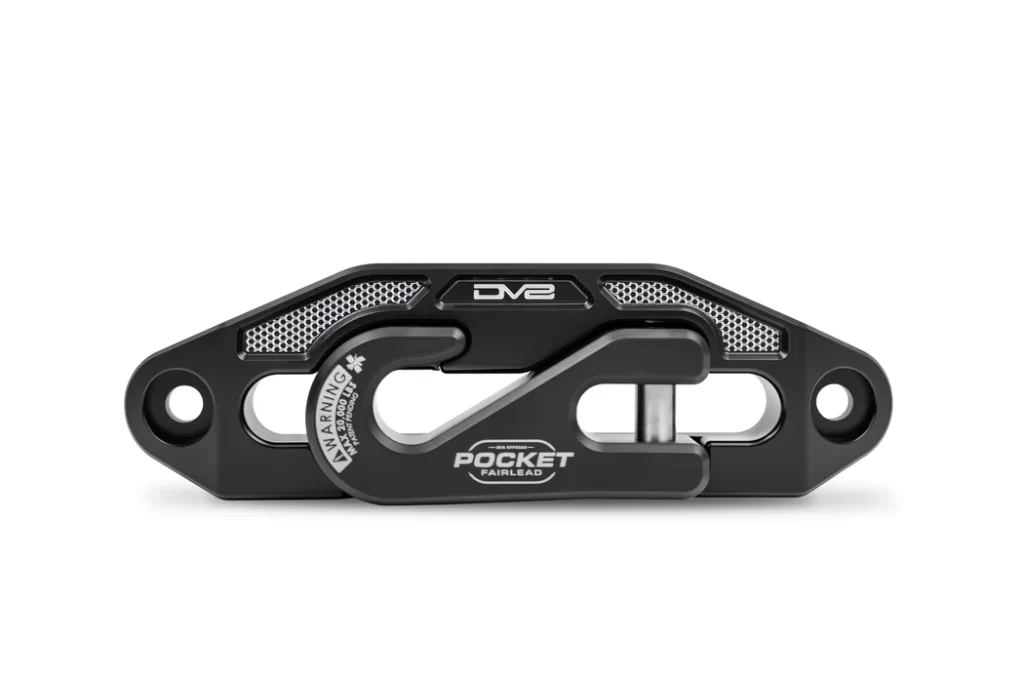
The fairlead is a guide, usually positioned at the front of the winch, through which the cable or rope passes. Its primary function is to guide the rope onto the drum in an even and orderly manner, preventing it from tangling or wearing unevenly.
Fairleads come in different types, such as roller fairleads, which use rollers to reduce friction and wear on the cable, and hawse fairleads, which are simpler and used with synthetic ropes.
The choice of fairlead depends on the type of rope used and the specific requirements of the winch’s application.
Learn more about Winch fairlead
Also Check: Types of Winch
How Does a Winch Work?
Understanding how a winch operates is essential, especially in contexts like off-roading, construction, and towing, where it plays a pivotal role.
The winch mechanism relies on a drum, motor, and gear train to create a powerful pulling force. This enables efficient use in pulling, lifting, or towing across horizontal, vertical, and inclined planes.
Let’s break down the working mechanism of a winch in detail:
Activation of the Motor
The process begins when the winch’s motor is activated. This motor can be either electric, drawing power from a battery or external source, or hydraulic, operating through the force of pressurized fluid.
In off-roading, electric winches are commonly used due to their ease of integration with the vehicle’s power system.
Drum Rotation
Once the motor is activated, it drives the rotation of the drum. The drum is the cylindrical component around which the cable or rope is wound.
Depending on the user’s control, the drum can rotate in either direction. This rotation is central to the winch’s operation, as it controls the winding and unwinding of the cable.
Winding and Unwinding of the Cable
The cable or rope, typically made of steel or synthetic material, is wound around the drum. When the drum rotates in one direction, it winds the cable onto the drum, pulling whatever is attached to the end of the cable towards the winch.
Conversely, when the drum rotates in the opposite direction, it unwinds the cable, allowing for controlled release or extension of the line.
Role of the Gear Train
The gear train in a winch is a series of gears that translate the motor’s power into a usable pulling force. This gearing system is crucial because it amplifies the force generated by the motor, allowing the winch to pull heavy loads that the motor alone could not.
The gear train reduces the motor’s high-speed, low-torque output into a low-speed, high-torque force on the drum. This conversion is what gives the winch its remarkable pulling power.
Exerting Force
Through this mechanism, the winch can exert a significant amount of force, essential for pulling or lifting heavy objects. The strength of the winch depends on several factors, including the power of the motor, the efficiency of the gear train, and the strength of the cable.
Versatility in Use
Winches are incredibly versatile tools. In off-roading, they are primarily used for vehicle recovery, helping to pull a stuck vehicle out of mud, sand, or other challenging situations.
In towing operations, winches assist in loading and unloading heavy objects. In construction, they are used for lifting materials. Even in stage productions, winches play a role in moving heavy scenery.
Reliability and User-Friendliness
The effectiveness of winches lies in their simple yet powerful design. Over the years, this design has been refined to enhance reliability and user-friendliness.
Modern winches often come with features like remote controls, automatic braking systems, and variable speed controls, making them safer and easier to use.
Winch Applications
How Winch Helps in Off-roading
Off-roading, the practice of driving vehicles on unsurfaced roads or tracks, often involves navigating through challenging terrains like mud, sand, rocks, and steep inclines.
In such unpredictable environments, a winch becomes an invaluable tool for off-road enthusiasts.
Here’s how a winch helps in off-roading:
Vehicle Recovery
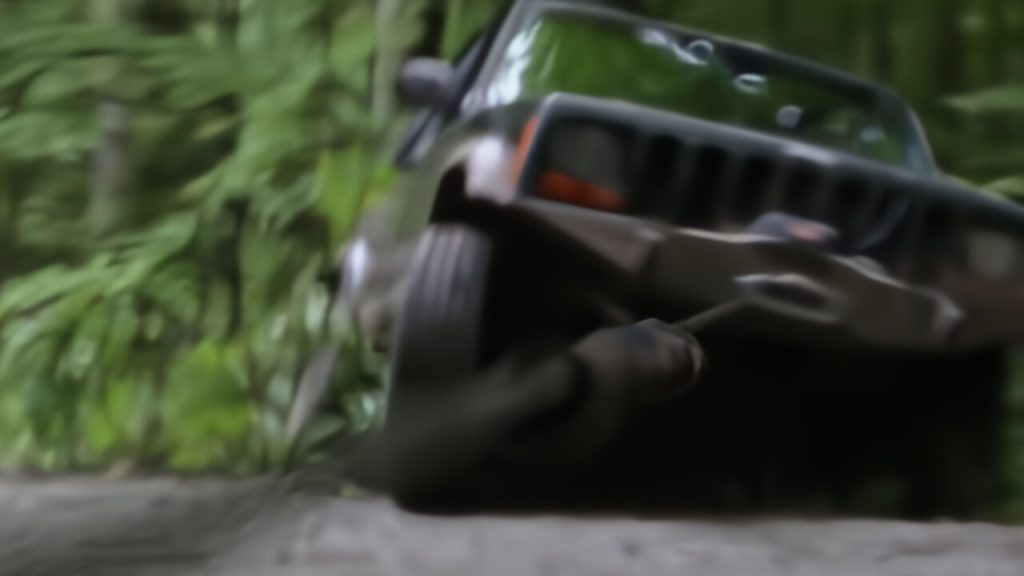
Winches play a vital role in vehicle recovery, extending beyond off-roading to applications like towing and roadside assistance.
Whether pulling a stranded car out of a ditch or loading a disabled vehicle onto a tow truck, winches provide the necessary pulling power to get the job done safely and efficiently.
In off-roading, winches are indispensable for freeing vehicles stuck in mud, sand, or ditches. By attaching the winch cable to a stable anchor point, such as a tree, rock, or another vehicle, the stuck vehicle can be pulled to safety.
In roadside emergencies, winches are crucial for rescuing vehicles immobilized by snowdrifts, soft shoulders, or other obstacles. Tow trucks, equipped with heavy-duty winches, use their cables to load or secure vehicles onto flatbeds effortlessly, ensuring safe transport to repair facilities.
Winches provide versatility and reliability in various recovery scenarios, making them an essential tool for off-road enthusiasts, towing professionals, and emergency responders alike.
Overcoming Obstacles

Off-road trails are replete with natural obstacles like large rocks, fallen trees, or steep inclines. A winch can be used to help the vehicle climb over or move these obstacles.
For instance, if a rock is too large to drive over, a winch can be used to pull the vehicle up and over it.
Assisting Other Vehicles
Winches are not just for self-recovery; they can also be used to assist other vehicles.
In group off-roading adventures, if one vehicle gets stuck, others equipped with winches can help pull it out.
This camaraderie and mutual assistance are part of the off-roading culture.
Industrial Applications
Winches are widely used in industrial environments for moving heavy machinery and construction materials.
Examples:
- Cranes and construction sites: Winches help lift and position materials at various heights.
- Factories: Useful for pulling heavy loads along production lines or relocating machinery.
Marine Use
Winches are essential in maritime environments for various tasks such as docking ships and pulling anchors.
Examples:
- Docking: Ensure secure positioning of ships by adjusting ropes and cables.
- Fishing boats: Used for hauling nets and equipment.
- Marine salvage: Aid in the recovery of underwater equipment and vessels.
Safety and Control
Winches provide a controlled way to manage difficult situations.
For example, when descending a steep hill, a winch can be used to control the descent speed of the vehicle, preventing it from sliding uncontrollably.
Crossing Water Bodies
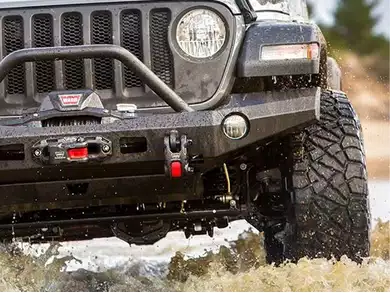
When crossing rivers or streams, the current can sometimes be stronger than anticipated, risking the vehicle being swept away.
A winch can offer a secure anchor point, providing additional stability and security during the crossing.
Building Makeshift Bridges
In extreme off-roading scenarios, winches can be used in conjunction with other materials like planks or logs to create makeshift bridges over impassable gaps or washed-out sections of the trail.
Confidence and Exploration
Knowing that they have a reliable recovery tool, off-roaders with winches are often more confident in exploring more challenging and remote trails.
This confidence can lead to a more adventurous and fulfilling off-roading experience.
Versatility
Winches are versatile tools. They can be used not just for pulling but also for tasks like removing obstacles from the trail or even helping to set up camp, such as pulling heavy equipment or rigging shelters.
You May Like
FAQs
What are the types of winches?
Winches come in three main types:
Electric winches: User-friendly and ideal for vehicle recovery and light-to-medium tasks.
Hydraulic winches: Suitable for heavy-duty industrial and marine applications, offering consistent power under high loads.
Manual winches: Operated by hand, they are best for lightweight tasks or when no power source is available.
What are winches used for?
Winches are versatile tools used for:
Vehicle recovery in off-roading or roadside assistance.
Lifting and moving heavy machinery in industrial settings.
Docking ships and handling anchors in marine environments.
Pulling loads on construction sites.
What’s the difference between a winch and a hoist?
A winch is designed for horizontal pulling and some vertical lifting, while a hoist is specifically for vertical lifting. Hoists often include safety brakes for handling suspended loads, whereas winches are more versatile for multi-directional tasks.
How do I choose the right winch for my needs?
To select the right winch:
Consider the application (off-roading, industrial, marine, etc.).
Calculate the required pulling capacity (1.5 times the weight of the load).
Decide between electric, hydraulic, or manual options based on power needs.
Check compatibility with your vehicle or setup.
Are winches safe to use?
Yes, when used properly. Follow these safety tips:
Use proper anchor points to secure the load.
Never exceed the winch’s weight capacity.
Stand clear of the cable while the winch is in operation.
Wear gloves to avoid injuries from frayed cables or ropes.
What is the difference between steel cable and synthetic rope?
Steel cable: Strong and durable, ideal for heavy-duty applications. However, it can be dangerous if it snaps under tension.
Synthetic rope: Lightweight and safer in the event of breakage, making it easier to handle. It’s more suited for off-roading and lighter tasks.
Can I use a winch in water?
Yes, many winches, especially hydraulic models, are designed for marine environments. Ensure the winch is waterproof or corrosion-resistant if it will be frequently exposed to water.
How do I maintain a winch?
Regularly inspect the cable or rope for wear and tear.
Clean the drum and other components to remove dirt and debris.
Lubricate the gear train and moving parts.
Check the electrical or hydraulic systems for proper functioning.
Conclusion
Whether you’re a beginner or a seasoned off-roader, investing in a quality winch is investing in your off-roading adventures’ safety, capability, and enjoyment. A winch is not just an off-roading accessory; it’s a versatile tool with industrial, marine, and towing applications.
Selecting the right type of winch tailored to your specific needs ensures efficiency and safety in various scenarios, whether you’re navigating tough terrains, working in industrial environments, or assisting in vehicle recovery.

